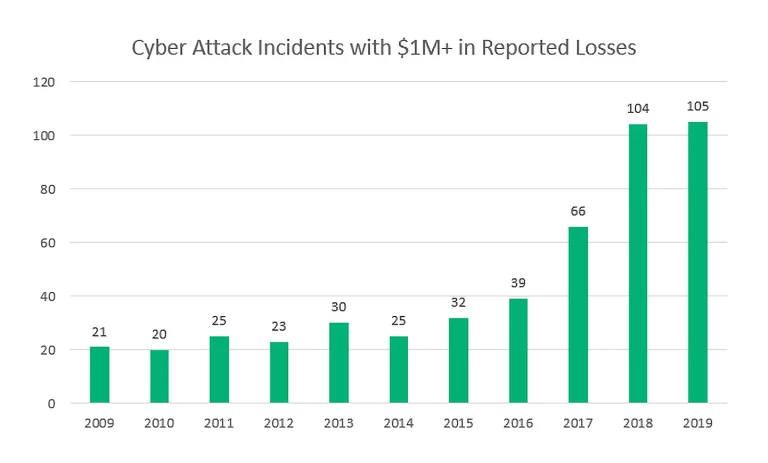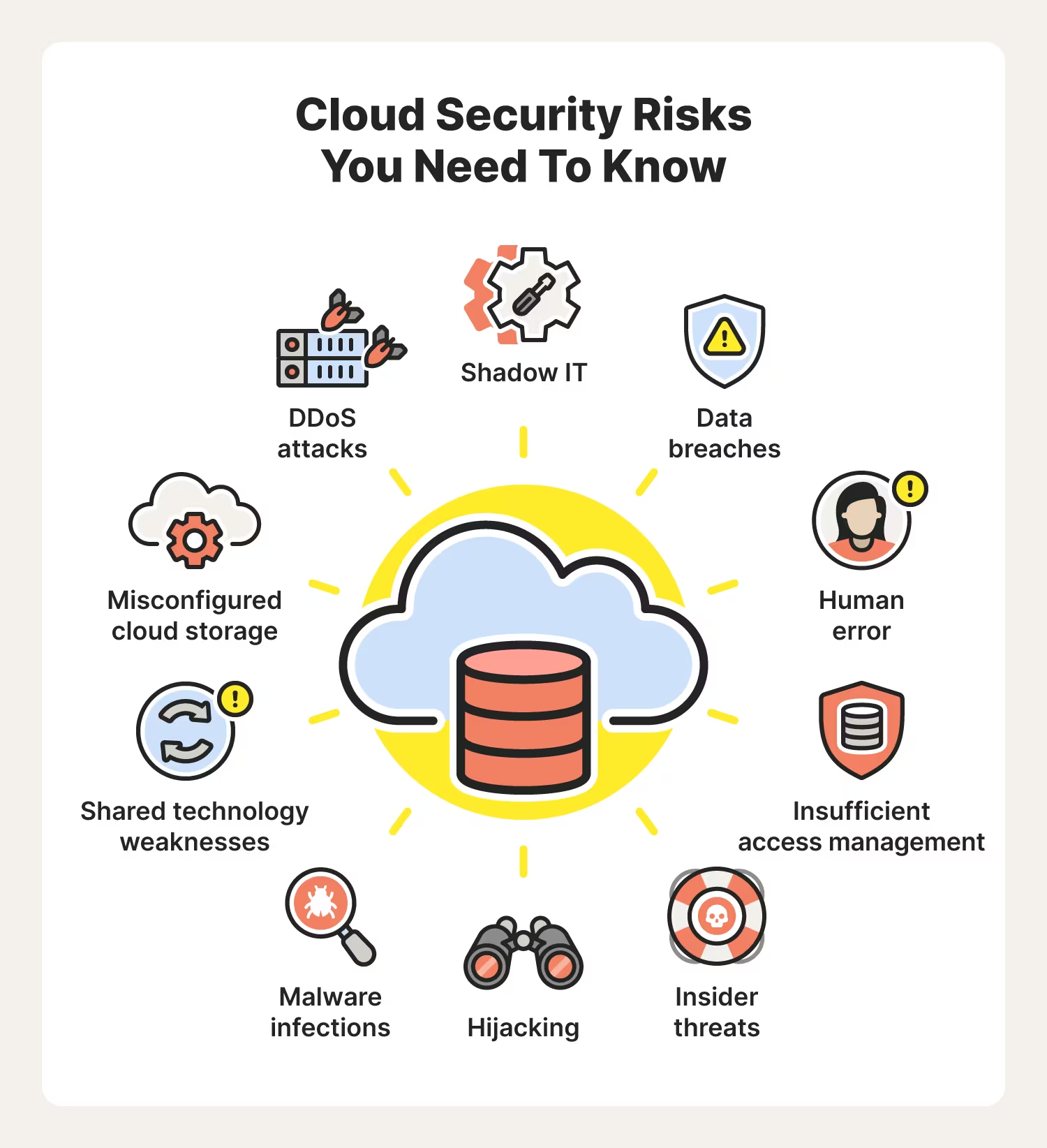What is Zero Trust Architecture?
Hackers and malware are constantly evolving in their level of sophistication. This – along with a new era of connected mobile users, billions of IoT devices, and public cloud applications being used everywhere and at all times – makes zero trust architecture an appealing option for many organizations. Zero trust architecture is a security model worth considering if you haven’t already implemented it.
But what is it?
The Meaning of ‘Zero Trust Architecture’
“Zero trust” is simply an approach to data security based on the idea that everything is untrusted by default, with a device or user only receiving the least privileged access, sometimes even after authentication or authorization. This cybersecurity model is intended to stop as many security breaches as possible.
Zero trust architecture is an architecture based on the principle that nothing can be trusted. With this kind of principle in place, no device, user, or application attempting to interact with this architecture should be considered secure. In fact, the default setting is basically to view everything as a possible threat that requires verification.
Forrest Research, a global market research company, introduced the concept of ‘zero trust’, which is now considered by businesses who want the highest level of assurance when it comes to protecting sensitive data and responding to advanced security threats.
Zero Trust Architecture’s Main Principle: “Never Trust, Always Verify”
Security models tend to work on the assumption that all internal network activities are trustworthy. The problem is that traditional methods often fail to hamper the flow of cyber attacks and insider threats.
Conventionally, security models have been designed to protect the perimeter, which leaves threats that enter the network uninspected, invisible, and essentially free to move wherever they want, often extracting valuable private data in the process. Because of this, the new approach of zero trust architecture became necessary.
Zero trust architecture addresses lateral threat movement within a network by leveraging micro-segmentation and granular perimeter enforcement, based on location, user, and data. This is the “never trust, always verify” principle in action. It determines zero trust.
The lateral movement represents the varied techniques that hackers use to move through a network when they’re looking for valuable assets and data. When it comes to traditional perimeter-based security, sub-perimeters are defined with networks through a specific combination of rules. For example, these rules might utilize the application traffic direction and context around a user to pinpoint any anomalies. If an anomaly should occur, the movement of a user or traffic direction will be blocked. The sub-perimeters identify the spread of an attack within an organization.
However, it’s important to keep in mind that the point of infiltration is not always the target location of a cyber attacker. Attackers that infiltrate an endpoint, for instance, often need to move laterally throughout the network if they want to obtain data that serve their purposes. This is why stopping lateral movement should be a high priority for businesses.
How you define movement or access really depends on the user and that user’s defined appropriate interactions and behavior. As a case in point, users belonging to the marketing department are often denied access to sensitive financial data about the business. But they would be able to access CRM systems and marketing assets. Meanwhile, users from the finance department can access finance-related data, but perhaps not information from the HR or marketing departments. This is why organizations need to be able to identify who users are and whether or not their actions are considered appropriate, given their roles.
Organizations need to be able to answer questions like, “Which applications do they use or try to access?” and “Do these actions align with the user’s role?” This involves inspection. When these inspection points are not in place, it is pretty much impossible to identify and prevent unauthorized access.
How to Develop a Zero Trust Architecture
To develop zero trust architecture for your organization, there are certain steps you need to follow:
- Gain traffic visibility and context. This means that you need to run traffic through a next-generation firewall that has built-in decryption capabilities. Next-generation firewalls act as a kind of ‘border control’ within your organization. They enable micro-segmentation of perimeters.
- Gain visibility and context for all traffic related to users, devices, locations, and applications. You can achieve this by using zero trust in combination with zoning capabilities for visibility into internal traffic.
- Incorporate two-factor authentication (2FA) or other verification methods like biometrics. This will increase your ability to verify users.
- Make sure you can monitor and verify traffic as it crosses between the different functions inside the network.
- Put in place a zero trust approach. This will help to identify business data, users, processes, and associated risks. It also allows you to set policy rules, which can then be automatically updated based on any new risks.
We’ve known for some time now that the perimeter security approach isn’t working. Many data breaches occur because hackers (once they get past the corporate firewalls) can move through the internal systems without facing much resistance.
We know, too, that the perimeter itself isn’t clearly defined. But with zero trust architecture, you will be able to determine whether or not to trust a user, machine, or application seeking access. This will help you protect your most critical data and assets, which is essential for the viability, reputation, and operations of any successful enterprise.
Cyberlocke is a comprehensive, full-service IT services provider that architects and implements efficient and secure solutions for enterprise customers and their data centers. We specialize in security, cloud, managed services, and infrastructure consulting. Contact Us today to learn more.


